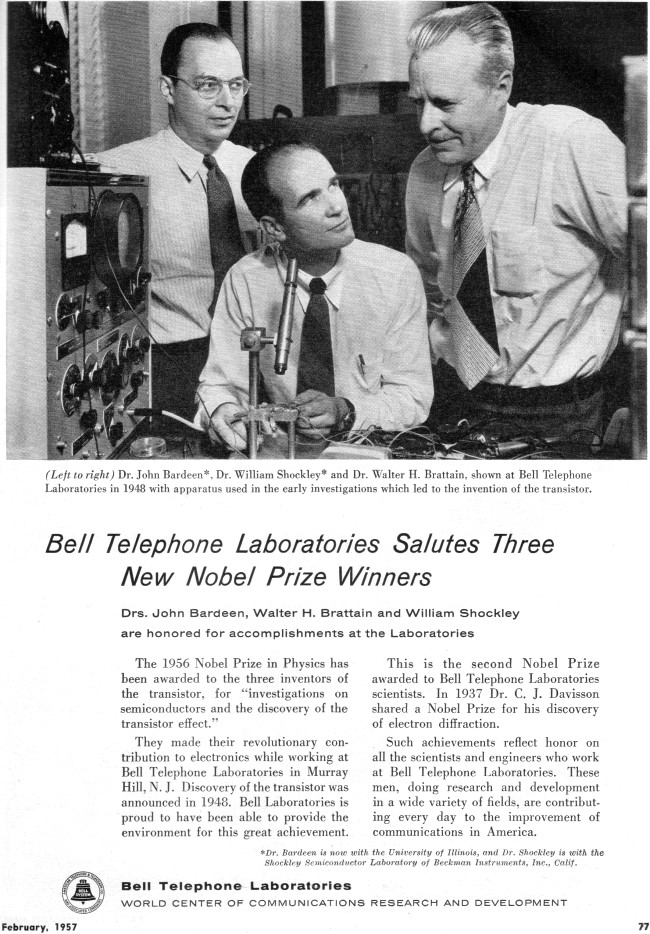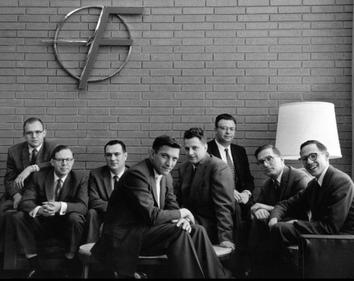Transistor to Chiplets, - Part 1
Introduction
During the pandemic when the semiconductor industry was facing an unprecedented supply chain issue while world economies threatened to uncouple with PRC(People’s Republic of China), I thought it was a great moment for India and all the electronics enthusiasts. The only thing I need to find is the story of how the electronics boom took place in the PRC, Singapore, Taiwan, Vietnam, Indonesia, and Myanmar.
Despite various announcements on Make In India schemes to promote Electronics manufacturing, it has failed to make a mark in this space. I couldn’t find any source that right away gives me a prescription to catch on with the semiconductor train. 2 years later I managed to gather some resources which indicate how complex the electronics supply chain has been to the already complex semiconductor industry. WW2 and political lobbying is core to the evolution of this industry.
My intuition says India can become a manufacturing hub for electronics. However, the innovation shall slide with Japan and Taiwan. China will struggle with innovation and has to settle with sub-14 nm(It’s the gate length of a transistor, it’s difficult to miniaturize) technologies.
As we are approaching the physical limits of further shrinking down the transistors. The industry will focus on improving the overall performance of devices by working on software and hardware both. RISC V architecture is an open-source ISA that will make manufacturing custom chips license/royalty-free. The current demand for AI applications will be used to hide growth in the evolution of transistors with chipset technology wherein different IPs will be assembled for a custom computing demand. The semiconductor industry is seeking efficiency instead of speed for this decade at least.
This article is about the story of transistors from their conception till 2022. Perhaps India can learn a few things from the world.
Complexity in semiconductor manufacturing
I do not know of any market domain other than semiconductors whose supply chain moves across continents. In general, the advanced Chips are Designed using the EDA(Electronic Design Automation) software made in the US. The design is tested (verification) in India. A Dutch company, ASML Holding makes UV lithography machines that are shipped to Taiwan, South Korea and the US. Other machine tools are imported from the EU. The design is etched in silicon wafers and shipped to China, Singapore, Myanmar, Vietnam, Philippines where it is assembled to make consumer products. The finished product is then shipped to other nations.
There is strict IP(Intellectual Property) monitoring across the market to safeguard interests. Sometimes abused to take leverage on other nation’s semiconductor countries. The US has successfully claimed Chinese and Japanese companies of IP theft. Japan too has claimed the same with US-based companies.
Black swan moments like the pandemic can disrupt the market apart from war, political turmoil, or a shipping blockade at the Suez canal. The project planning takes 3-6 years to assign responsibility and sign contracts to get a finished marketable product.
Most of the technological innovation is war-driven.
War is the father of all things; it brings forth new technology and innovation.
- Heraclitus
WW1 triggered a need for mechanized warfare, automatic weapons, and vehicles. WW2 not only scaled the same by magnitude using automation and industrialization but it gave birth to innovations that were difficult to imagine by humans. The US military was struggling to drop weapons with accuracy in WW2. They seek help from mathematicians to drop them at the location based on the pictures taken by reconnaissance aircraft. Vacuum tubes could do the computing but it was getting bugged. The moth is attracted to the large vacuum tubes in large halls would damage them. It would take hours to detect and fix the error. Human intelligence was used to get the computation done. The mathematical Tables Project is one such early project.
During the Vietnam war, the US had the same problem of planes equipped with vacuum tube technology to drop bombs. Post-Vietnam war, the US Military modernized all its weapons and aircraft with semiconductor technology for computing. The difference was seen in the middle-east where they outmatched any Soviet-era weapon/aircraft.
Texas Instrument was one of the private companies that were fulfilling military needs.
Genius of a credit hijacker and a bad manager
During WW2, there was a demand for faith-full switches that can replace vacuum tubes. William Shockley believed that semiconductors were the answer. Semiconductors are insulators that when applied with external energy, become a conductor. In 1945, he theorized solid state valve in one of his notebooks while working for the best in the research company, Bell Labs. He further hypothesized that these free electrons would act as a barrier to the current flowing through the semiconductor, thus forming a rectifier. Shockley’s research proved that a rectifier could be created using a semiconductor material. This discovery, known as the Shockley diode, was the foundation for the development of modern electronics. The measurement equipment at that time was not efficient enough to measure electron flow of a tiny magnitude.
His colleagues, John Bardeen and Walter Houser Brattain, 1947 devised such an experiment of different materials. Bell Lab hurriedly announced the invention of the transistor giving them the credit. Shockley was unamused. He locked himself in a hotel room devising a better transistor. He collaborated with AT&T, the parent company of Bell Labs and owner of a transistor patent for replacing vacuum tubes in the market by making better transistors. He founded Shockley Semiconductors. Later the trio was awarded the Nobel prize for the invention in 1955.

source: https://www.rfcafe.com/references/radio-news/bell-telephone-labs-salutes-nobel-prize-winners-february-1957-radio-television-news.htm
Transistors were majorly used in the telecom industry. In 1957, eight of Shockley’s best employees defect to form a new company called Fairchild semiconductors in agreement with Sherman Fairchild. They were unhappy with Shockley’s management. They are known as the “Traitorous eight”.
Julius Blank, Victor Grinich, Jean Hoerni, Eugene Kleiner, Jay Last, Gordon Moore, Robert Noyce, and Sheldon Roberts.

source: https://upload.wikimedia.org/wikipedia/en/6/66/The_Traitorous_Eight.jpg
To Be Continued …